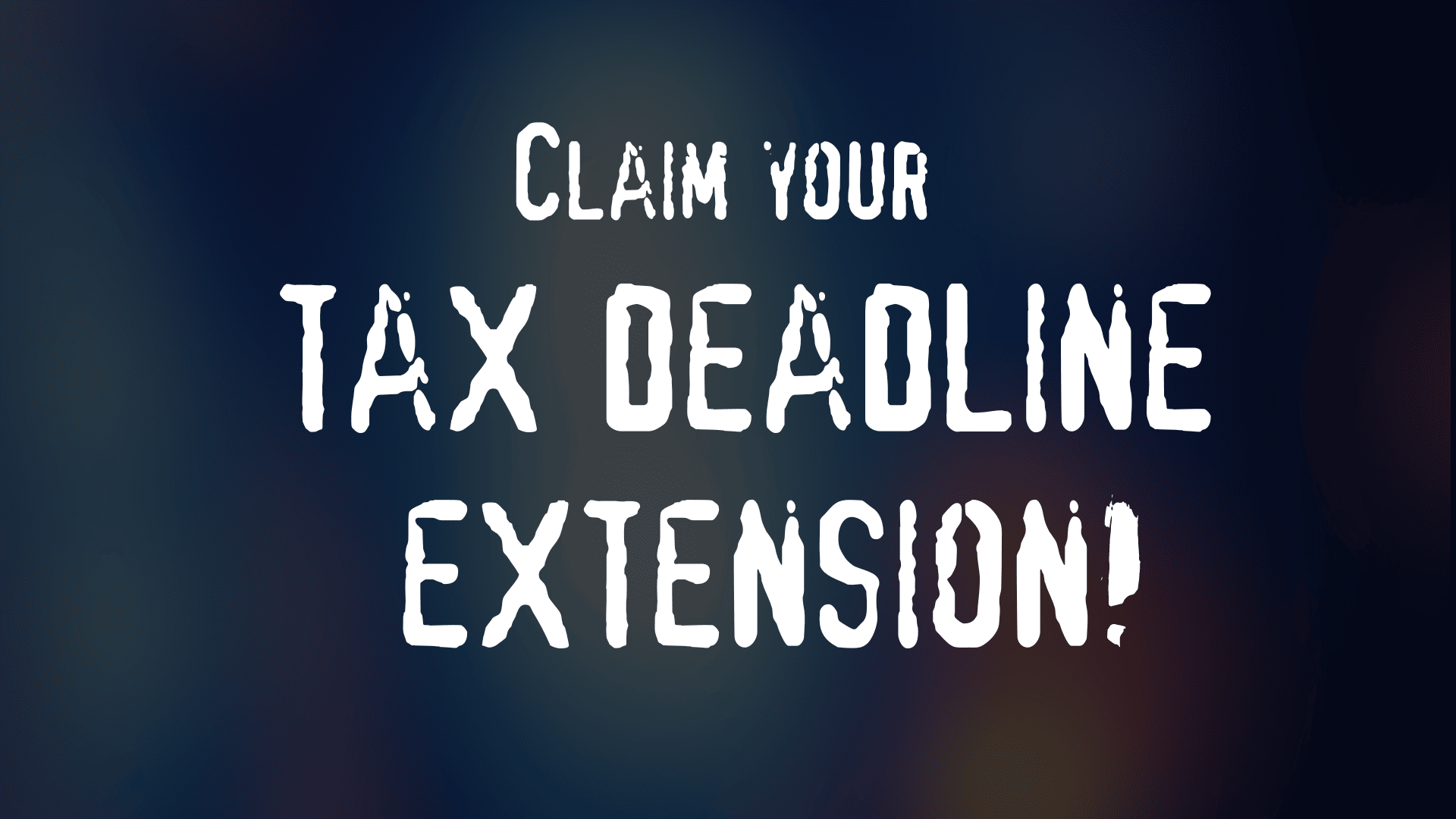Depreciation refers to the loss in value of fixed assets that your business owns in order to earn income. It’s important to track depreciation for three reasons: it affects the value of your business, your profit and your tax bill.
In the meantime, this article is designed to help you get started with understanding what depreciation is, how it’s used in business and the different ways it can be calculated.
What is depreciation?
Depreciation is an allowance (not a physical outlay of cash) that reflects the wear and tear on a fixed asset through use or obsolescence.
Both physical fixed assets and certain types of intangible property can be depreciated for tax purposes. Examples of physical fixed assets include: computers, printers, tools, equipment, machinery, office furniture, vehicles and commercial premises.
Intangible property has to have a fixed life to be depreciable. Examples of depreciate intangible property include: a right to a copyright, a patent or the right to use a patent, the right to use a trademark.
To claim a tax deduction for depreciation in your business activity, all the following criteria needs to be met:
- you own the item of property;
- the item is depreciable property;
- the item is used or available for use.
- depreciation is calculated in accordance with the depreciation rules.
Examples of items that are not depreciable property (and therefore not depreciable):
- trading stock;
- financial arrangements;
- property that its owner chooses to treat as not depreciable;
- low value property ($1,000 or less from 17 March2021) that you elect to claim as an upfront deduction;
- property that is available as a deduction elsewhere under tax legislation.
As mentioned above, there are three main purposes for taking depreciation into account. We’ll now take a closer look at each one.
Depreciation and business value
When you acquire fixed assets, these add to the value of your business. If you paid for them from your business bank account, the loss in money is balanced out by the value of the assets – so the overall value of your business won’t change initially. But as the fixed assets depreciate, they decrease the value of your business. This makes sense when you consider that a printing business would be worth more, and probably sell for more, if it had new machines rather than old ones.
You keep track of your fixed assets and their current book values in a “‘fixed asset register”. This includes all purchases, sales and disposals of fixed assets. The total book value of your fixed assets is used when preparing a balance sheet for your business. It makes sense to use a tax fixed assets register for accounting purposes so you don’t need to maintain separate accounting and tax fixed assets registers.
Depreciation and profit calculations
Your profit is your income minus your expenses. Depreciation costs your business money. It’s a loss or an allowance which will involve a cash outlay when you come to sell the fixed asset or have to replace it. If you don’t include depreciation in your business expenses, you’ll underestimate your operating costs and think you’re making more money than you really are. Depreciation should be included as an operating expense when preparing a Profit and Loss Statement (P & L) for your business. This shows your financial performance over a particular period of time.
Depreciation and tax calculations
When your business buys a fixed asset that costs more than $1,000, you can’t claim the full cost as an expense in the year of purchase. Instead, you claim the loss in value or an allowance (called depreciation) as an expense each year. As time goes by, the depreciation you claim reduces the value of your business assets.
If you’re registered for GST you can claim the GST paid on the fixed asset in your GST return. Fixed assets (and the depreciation) are recorded on GST exclusive values in your accounts and income tax return.
If you’re not registered for GST you will record fixed assets (and depreciation) on GST inclusive values in your accounts and income tax return.
If the cost of the fixed asset does not exceed $1,000 (from 17 March 2021) you can claim an immediate deduction for its cost. An immediate deduction will not be available if fixed assets are purchased from the same supplier at the same time as other assets with the same depreciation rate and the $1,000 threshold is exceeded. In this case, the fixed assets will need to be depreciated even if individually they cost less than $1,000.
How do you calculate depreciation?
The two most common methods of calculating depreciation are the straight line and diminishing value methods. The pooled method can also be used but this method may only be useful if you have many fixed assets that you wish to depreciate.
Straight line (SL) depreciation
This method calculates depreciation evenly over the estimated useful life of a fixed asset. This method uses cost as the base for calculating depreciation each year.
If the estimated useful life of the fixed asset is 10 years, it would have a SL depreciation rate of 10%. If the estimated use was five years, the SL depreciation rate would be 20%. The SL rate is simply 100 divided by the estimated useful life of the asset (in years).
Here’s an example using an SL depreciation rate of 10% for an asset that cost $2,000.
- Year 1: Cost is $2,000. Depreciation is $2,000 x 10% = $200
- Year 2: Adjusted tax value is $1,800 ($2,000 – $200). Depreciation is $200
- Year 3: Adjusted tax value is $1,600 ($1,800 – $200). Depreciation is $200
Afirmo will use the SL method to calculate depreciation on your business fixed assets.
Diminishing value (DV) depreciation
The DV method calculates depreciation by using the depreciation rate to the adjusted tax value (purchase price in the first year). The DV method means depreciation deductions will progressively reduce each year.
Here’s an example using a DV depreciation rate of 30% for a vehicle that cost $50,000.
- Year 1: Cost is $50,000. Depreciation is $50,000 x 30% = $15,000
- Year 2: Adjusted tax value value is $35,000 ($50,000 – $15,000). Depreciation is $35,000 x 30% = $10,500
- Year 3: Adjusted tax value is $24,500 ($35,000 – $10,500). Depreciation is $24,500 x 30% = $7,350
What is the right depreciation rate?
For tax purposes, businesses are required to use depreciation rates set by Inland Revenue. Inland Revenue provides a straight line rate and a diminishing value rate for each fixed asset.
If you think that the depreciation rate due to your particular circumstances is too low, you can apply to Inland Revenue for a special rate.
What if you purchase an asset during the tax year?
If you purchased a fixed asset for your business part way through the tax year, you can claim depreciation on the number of months the asset was used or available for use. . Part months count as a whole month.
Here’s how it works:
Depreciation = cost x depreciation rate x months asset was used or available for use / 12
What if you sell a fixed asset during the tax year?
If you sell a fixed asset for less than its tax book value, you can claim the difference as depreciation expense.
If you sell a fixed asset for more than its adjusted tax value (and the amount is less than the total depreciation claimed), the amount is depreciation recovery income and subject to tax. If you sell a fixed asset for more than its cost, this is a capital gain and not subject to tax. Tax on needs to be paid on the difference between the sale proceeds and the adjusted tax value.
As a GST registered person, you will need to charge GST on the sale of fixed assets and return the GST to Inland Revenue.
What if an asset has business and personal use?
If you’re a sole trader and the asset is in your name, co-owned with a partner or owned by a trust, you can claim depreciation – but only for the percentage of use that’s for business purposes. This is much the same as claiming for any other business expenses.
For example, if you use your own vehicle for business and personal trips, you have to keep a log book for three months every three years. This lets you calculate the percentage of business use. You then work out the annual depreciation for the vehicle and claim the business use percentage of that. If you decide to use Inland Revenue’s kilometre rate method to claim vehicle expenses, it includes depreciation so you don’t claim it separately.
There are other rules for assets owned by a company that are also used for non-business purposes. The company usually has to pay fringe benefit tax (FBT) based on the number of days the asset was available for non-business use, whether it was actually used privately or not.
What records do you have to keep for depreciation?
To claim asset depreciation in your tax returns, you need to keep the following records:
- A register of all assets, including evidence of when they began and ended business use. This register also needs to record how much they were bought for, sold for or and any costs of disposal.
- The depreciation claimed for each asset and how it was calculated – method and percentage used, including evidence (such as vehicle log books) and calculations for non-business use.
- The written-down tax value (book value) of each asset.
You have to keep these records for seven years. If Inland Revenue audits your tax returns, they’ll probably ask to see them.
Next steps
Whether you’re a sole trader, partnership or company, Afirmo tax tools make it easy to get set up correctly, file tax returns and avoid paying more tax than you need to. They also automatically produce and maintain essential financial records in real time, such as your asset register, balance sheet, and profit and loss statements.
To learn more, check out Afirmo’s Tax Tool today.




